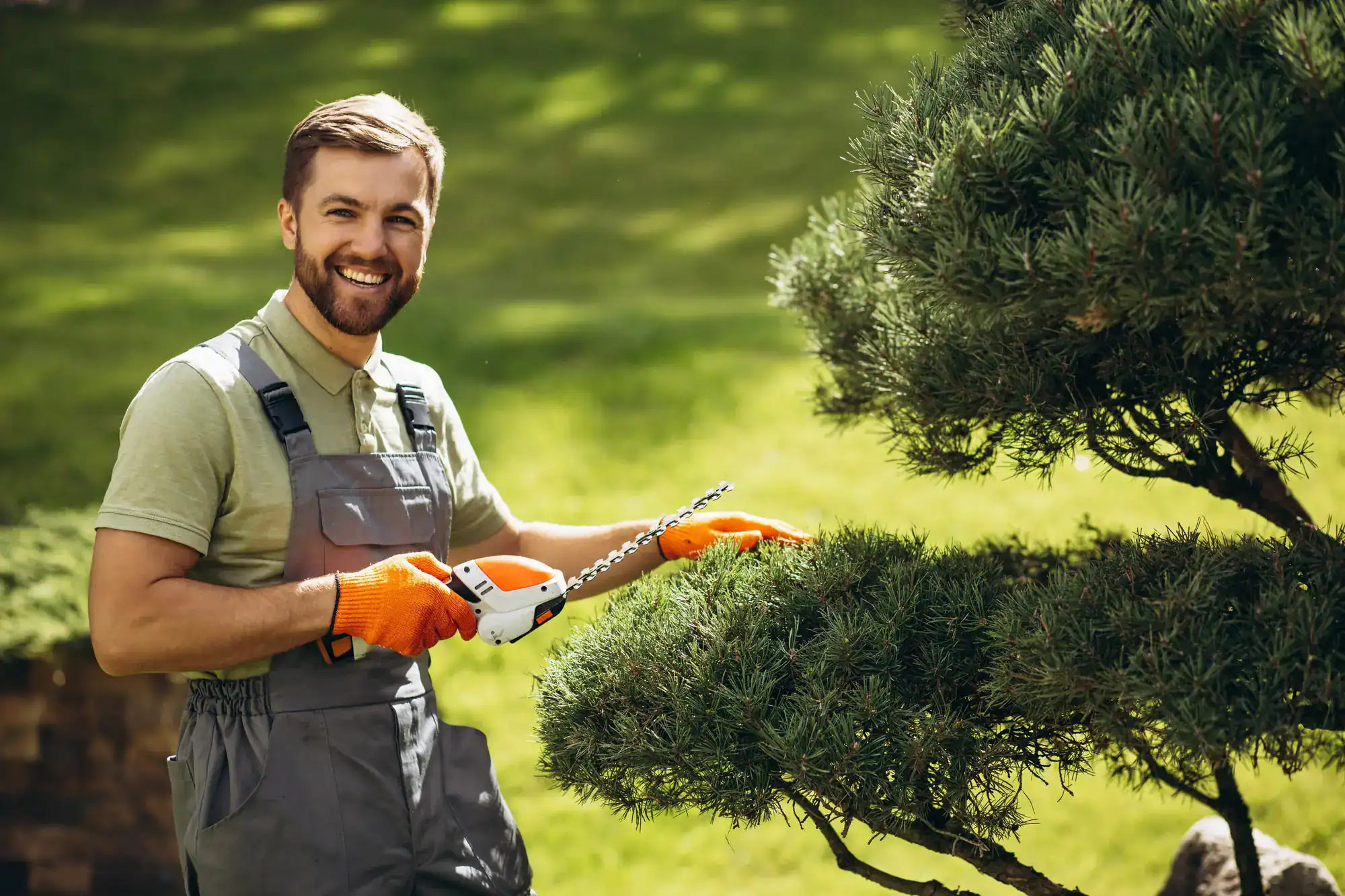Professional tree services that protect your property and enhance your landscape’s health and beauty.
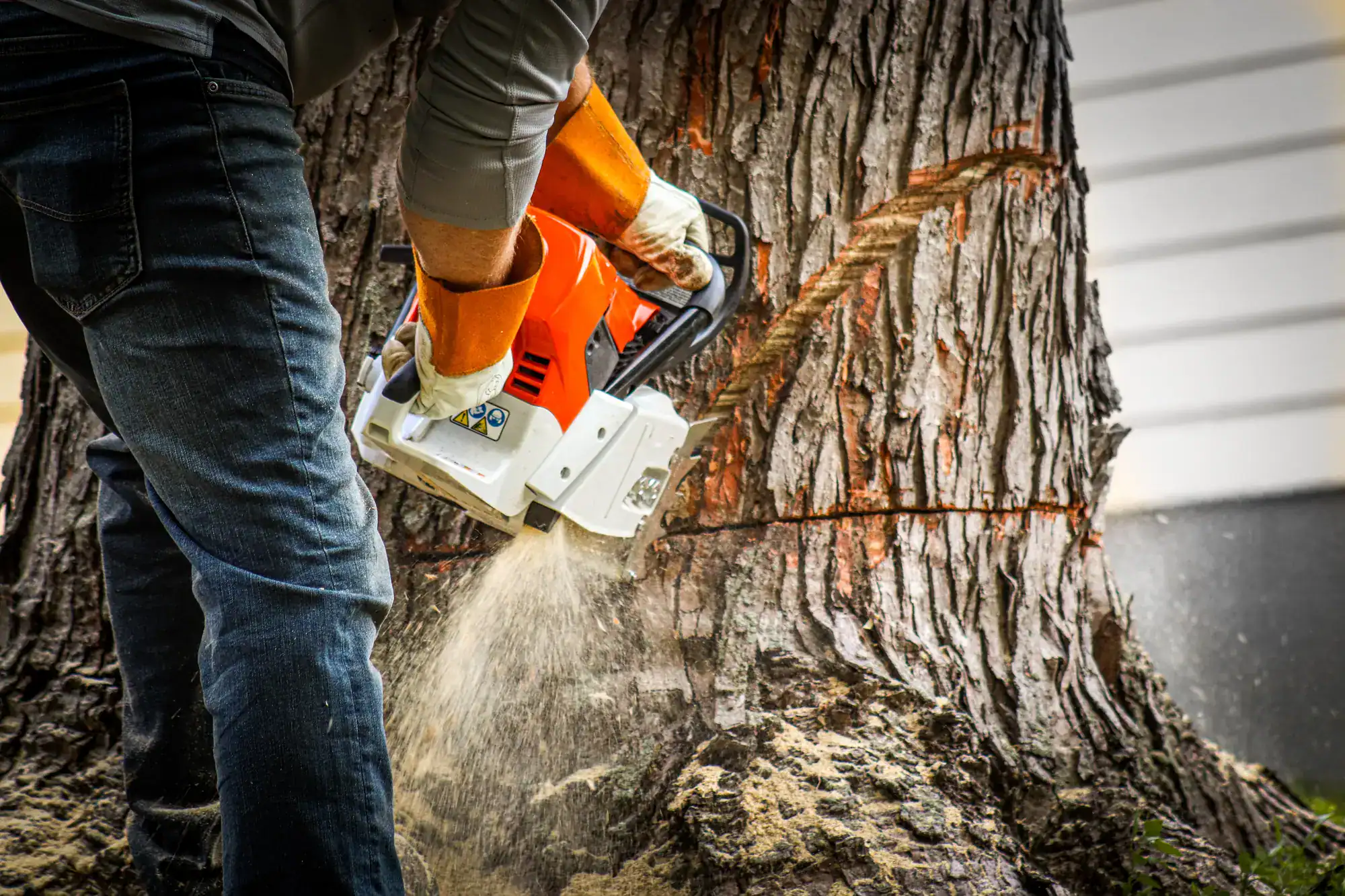
Hear from Our Customers
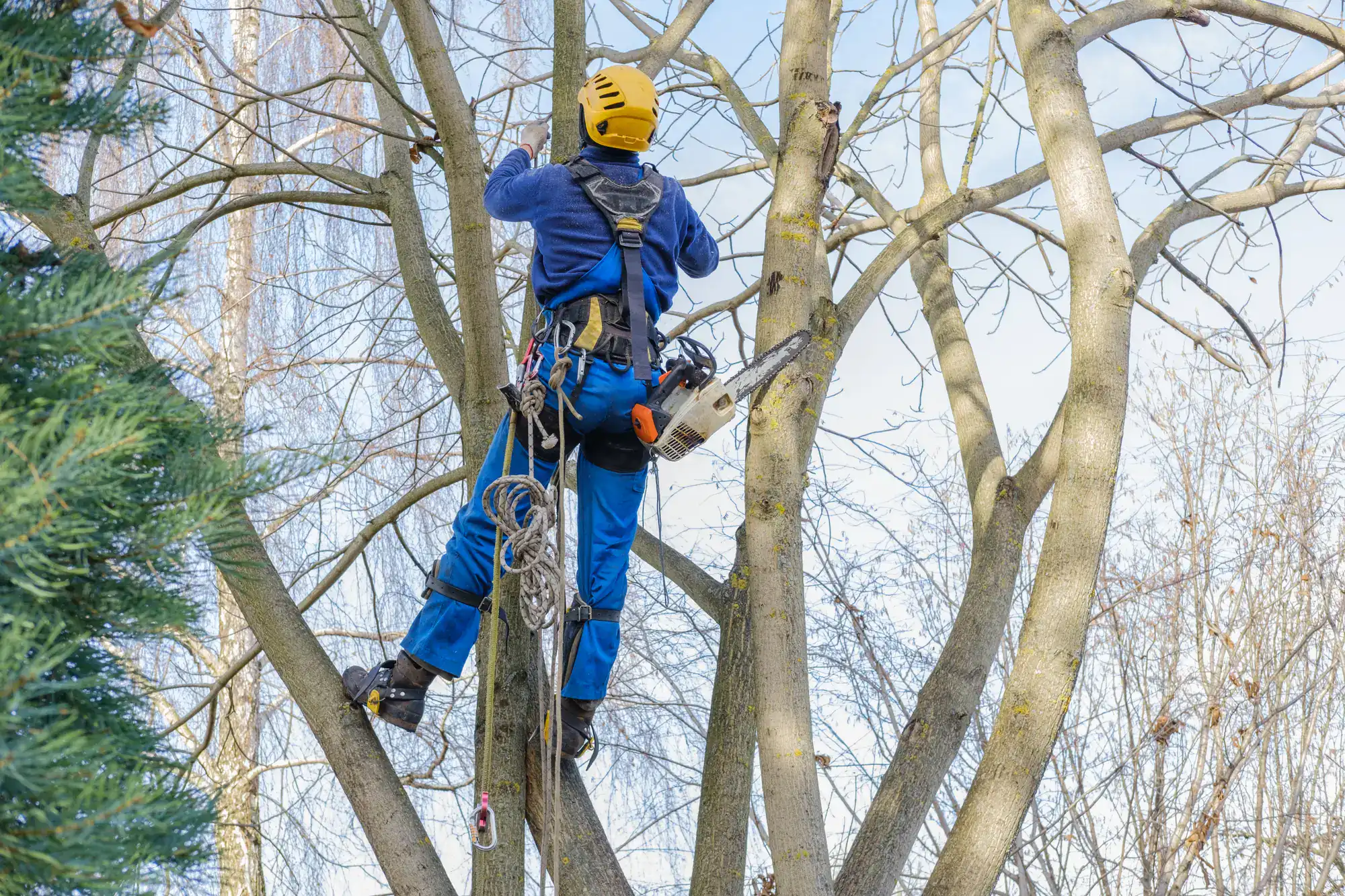
Your trees aren’t just decoration—they’re investments in your property’s safety, value, and curb appeal. When properly maintained, they provide shade, prevent erosion, and create the kind of outdoor space that makes your home feel complete.
Without regular care, trees become liabilities. Overgrown branches threaten your roof during storms. Dead limbs create hazards for your family and neighbors. Diseased trees spread problems to healthy plants nearby.
Professional tree services eliminate these risks while maximizing your landscape’s potential. You get stronger, healthier trees that enhance your property value and create the safe, beautiful outdoor environment you want.
Rolling Hills Property Services Inc has been serving East Northport and Suffolk County with professional tree care for years. We understand the unique challenges of Long Island’s climate—from harsh winter storms to humid summers that stress trees.
East Northport’s mix of mature neighborhoods and newer developments requires specialized knowledge. We know which tree species thrive in local soil conditions and how to work around the area’s diverse architecture, from historic homes near the harbor to modern subdivisions.
This local expertise means faster, more accurate assessments and solutions tailored specifically to your property’s needs and East Northport’s environmental conditions.
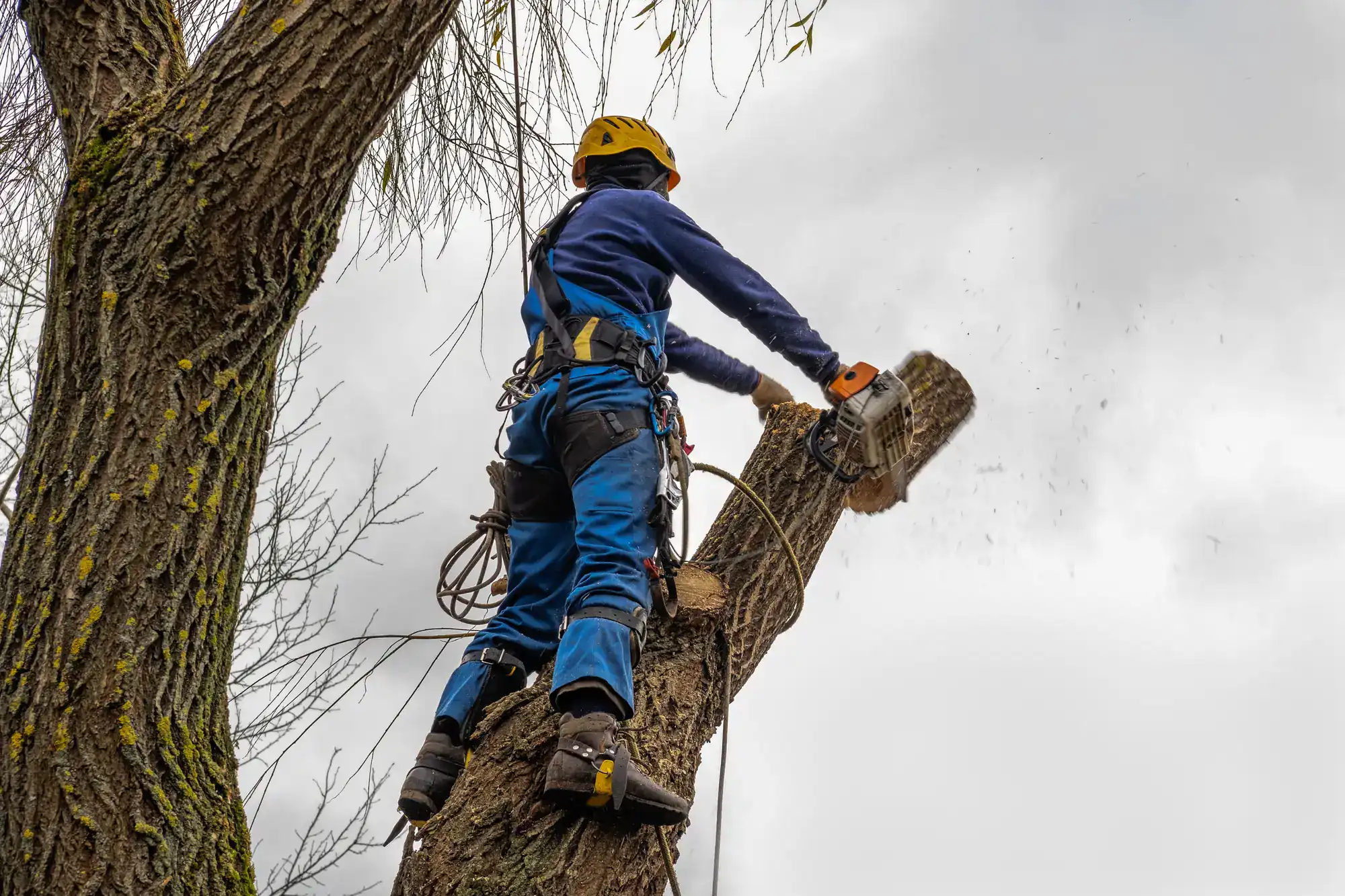
Our process starts with a thorough assessment of your trees and property. We evaluate tree health, identify potential hazards, and discuss your goals—whether that’s removing a dangerous tree, pruning for better growth, or maintaining your landscape’s overall health.
Next comes the detailed planning phase. Every job gets a customized approach based on tree size, location, and surrounding structures. We consider factors like power lines, neighboring properties, and the best methods to protect your lawn and landscaping during the work.
The actual tree service is performed with professional equipment and safety protocols. Whether it’s careful pruning to promote healthy growth or complete removal of a hazardous tree, the work is done efficiently and safely. Complete cleanup follows, leaving your property clean and ready to enjoy.
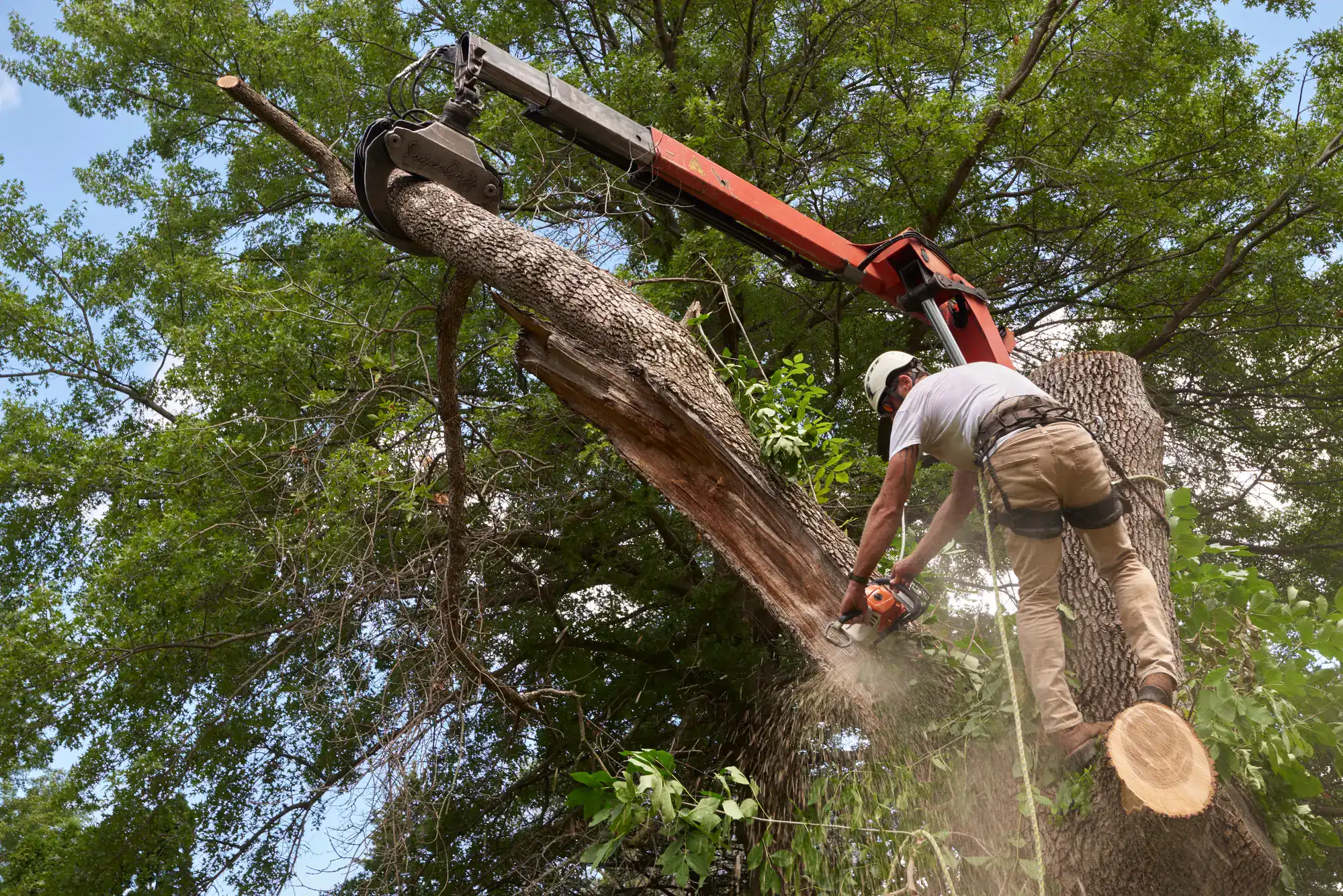
Ready to get started?
Our tree services include everything from routine maintenance to emergency removal. Tree pruning promotes healthy growth and prevents storm damage. Tree removal eliminates hazardous or unwanted trees safely. Stump grinding clears remaining stumps that can harbor pests or damage lawn equipment.
East Northport’s coastal location means trees face unique stresses. Salt air affects certain species differently. Winter storms can cause sudden damage that requires immediate attention. The area’s mature tree population often needs specialized care to maintain health and safety.
We offer emergency services 24/7 because storms don’t wait for business hours. Whether it’s a tree down across your driveway or branches threatening your roof, immediate professional response protects your property and gets your life back to normal quickly.
